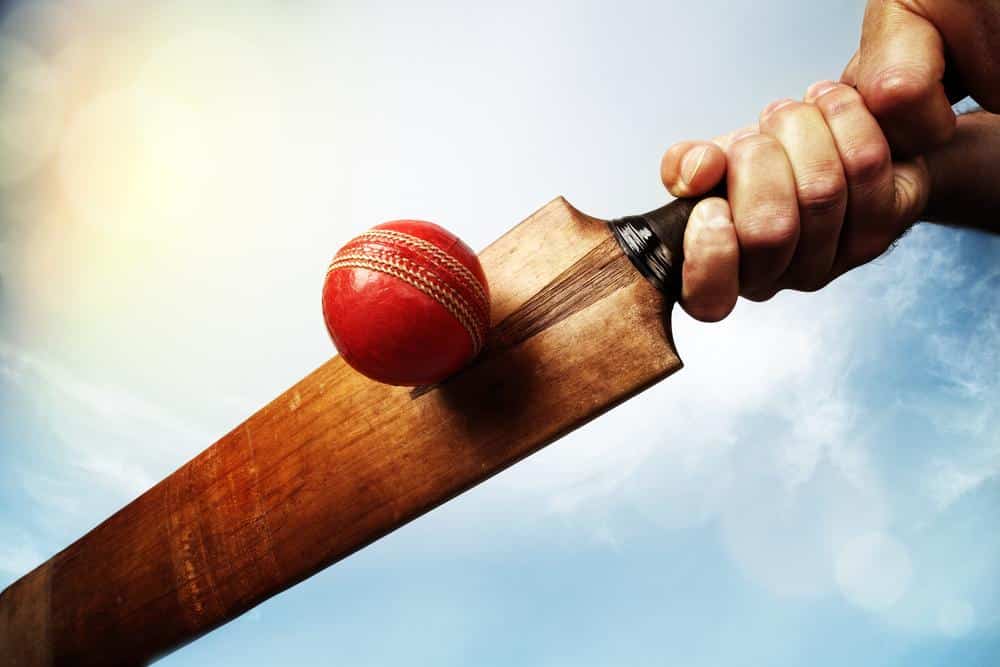Please add image or text logo

Summer must be on its way, the County Cricket Championship starts today. So, Good Luck to Yorkshire. Who knows, the willow in their bats might be from one of our trees!
Our last planting of Cricket Bat Willows (Salix Alba Coerulea) was harvested after 15 years in our woodlands. They produce a particularly strong wood that retains a good amount of natural moisture – making the bats easier to cut. A single tree will produce around 30 bat-length clefts, which are traditionally measured by hand and cut using a bandsaw.
The clefts are wax sealed and dried for at least eight weeks at a constant temperature until very little moisture is left in the wood. Following the drying process, the clefts are graded and carved into wooden blocks – flat on the striking face with a central ridge on the back.
Finally, the bat is protected with a coating of linseed oil and a grip is placed around the handle.
The majority of cricket bats are now manufactured in India or Pakistan, however, there are still a few specialist manufacturers, such as Kippax of Methley, producing cricket bats in the United Kingdom.